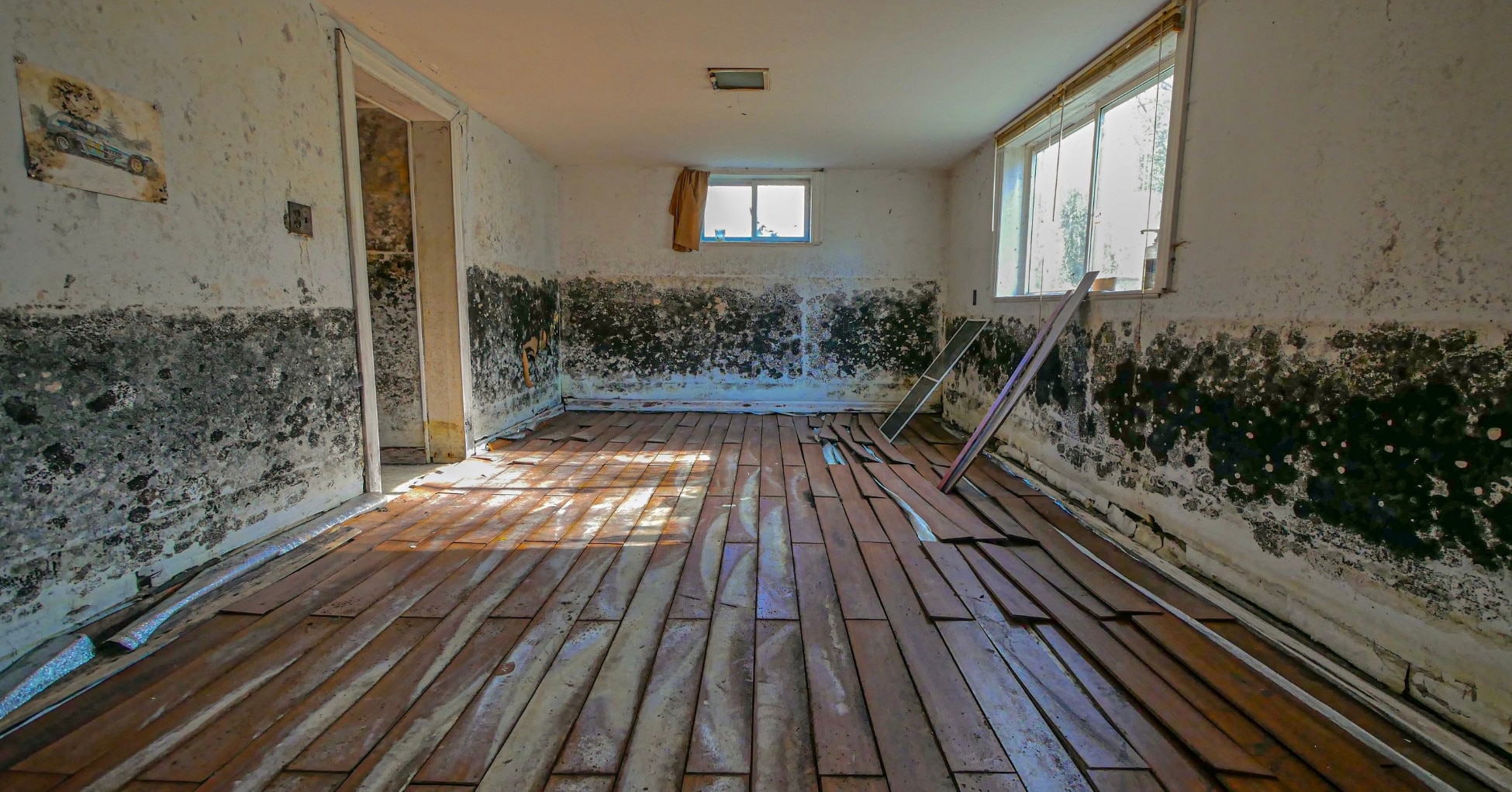
There’s an unseen threat that could be lurking in the corners and crevices of your home, quietly posing a threat to your health and property. This threat isn’t an intruder or pest but a microscopic fungus known as mold.
Encounter mold in your home? Don’t wait, call Bio Clean of Utah at 801-335-3227 or fill our contact form for immediate assistance!
Call Now
The Invisible Threat: Mold Infestation
Often invisible to the naked eye, mold spores thrive in moisture, quickly growing into colonies when exposed to water. These colonies may produce allergens, irritants, and potentially harmful substances known as mycotoxins. Inhaling or touching mold spores may cause allergic reactions in sensitive individuals and can increase health risks for everyone within the premises.
Mold Removal: Why It’s Necessary
The health risks associated with mold make it crucial for homeowners to address any mold issues promptly and effectively. Ignoring mold doesn’t just endanger your health; it also compromises the integrity of your precious home.
Serving Utah: Bio Clean of Utah
If you live in Salt Lake City or Ogden in Utah and suspect or observe mold in your home, Bio Clean of Utah, a locally trusted mold removal company, is here to help. We are proficient in identifying the threat, assessing the severity, and performing thorough mold removal services to restore your home’s healthy environment.
Advanced Mold Removal Techniques
We use the latest techniques in mold remediation, ensuring not just removal but also prevention of future mold growth. Our IICRC certified professionals adhere to rigorous industry standards, ensuring the highest quality of service.
Protecting Your Home
Whether you’ve experienced recent water damage that’s conducive to mold growth or you’ve noticed musty odors or seen visual indications of mold, Bio Clean of Utah is ready to analyze and tackle the issue. We are experts in removing mold from homes, ensuring the safety and health of your family.
Making Utah Homes Mold-Free
In Utah, where the climate often contributes to mold-friendly conditions, having a reliable mold removal service you can trust is critical. Bio Clean of Utah has been assisting homeowners across Salt Lake City and Ogden, removing mold efficiently and effectively.
Timely Response, Lifelong Impact
Don’t let mold rob your peace of mind or compromise your health. Our team is available 24/7 and responds quickly to your call. We understand that time is of the essence when dealing with mold. The quicker the mold is removed, the lesser the damage to your home and health.
Comprehensive Approach: More Than Just Mold Removal
At Bio Clean of Utah, we do more than just remove mold. We help you understand the cause of the mold growth, assist in measures to prevent future infestations and work with you throughout the process to ensure your home and loved ones are safe.
Mold Removal Guidelines
Several authoritative groups and government bodies have outlined guidelines for mold removal to ensure effective and safe practice. These entities include:
- American Conference of Government Industrial Hygienists
- American Industrial Hygiene Association
- Environmental Protection Agency
- Health Canada
- Institute of Inspection, Cleaning and Restoration Certification
- Occupational Safety and Health Administration
- New York City Department of Health
These sources offer valuable information and protocols for mold removal, ensuring the safety of both professionals conducting the removal and the occupants of the affected property.
Facts About Mold Agreed By Almost All The Organizations
- Indoor mold typically results from water intrusion or excessive humidity.
- It is advised to dry out any water intrusion swiftly (within 48 hours) to prevent mold formation.
- Indoor exposure to fungal contamination is unacceptable due to health and hygiene concerns.
- Mold can cause a variety of health effects including allergic, infectious, and toxic reactions.
- Even a single significant exposure could lead to serious health issues.
- Evacuation of the building or area may be required before or during mold remediation, especially if high-risk individuals are present.
- Once mold is discovered, remediation should commence immediately.
- Physical removal of fungal growth from indoor spaces is essential.
- The remediation of all indoor mold growth, not just Stachybotrys (known as black mold), is vital.
- Porous materials infested by mold should ideally be discarded.
- It’s best to carry out remediation activities in unoccupied spaces.
- During remediation, the use of respirators and other personal protective equipment is crucial.
- Techniques and controls that minimize dust generation should be utilized during remediation.
- Special cleaning procedures are required for potentially spore-contaminated dust.
- Black mold is toxic and can be lethal. Removing all mold from the home is essential for safety.
- Mold can cause severe damage to your home and health. If detected, it needs to be removed promptly.
- The longer the delay in mold removal, the more the damage intensifies to your home and the health of your family and friends. Don’t delay mold removal.
Take the First Step Today
Mold can be daunting, but with the right mold removal company on your side, it doesn’t have to be. Bio Clean of Utah is ready and equipped to restore your home to its pre-mold state, ensuring a safe and healthy environment for you and your loved ones.
Your Utah Home Deserves the Best
Don’t let mold compromise the comfort and safety of your Utah home. Whether it’s Salt Lake City or Ogden, Bio Clean of Utah is your trusted partner in combating mold.
If you’re ready to take a stand against mold or suspect its presence in your home, don’t hesitate. Contact Bio Clean of Utah today for a comprehensive estimate. Let us help you reclaim your home and live mold-free. Because when it comes to your family’s health, we don’t compromise.
